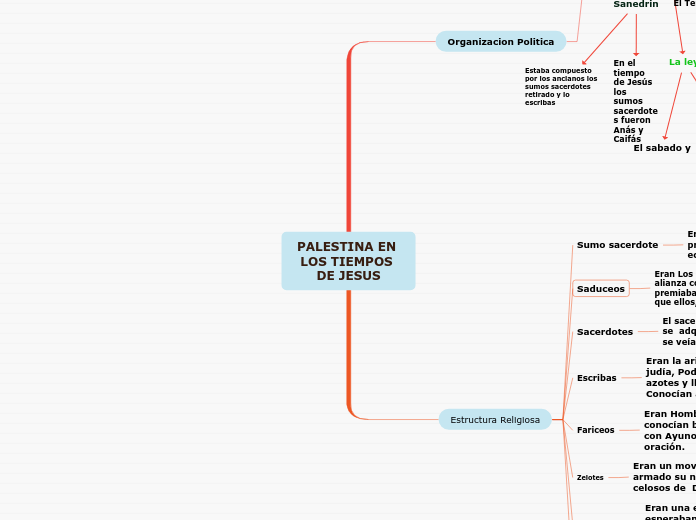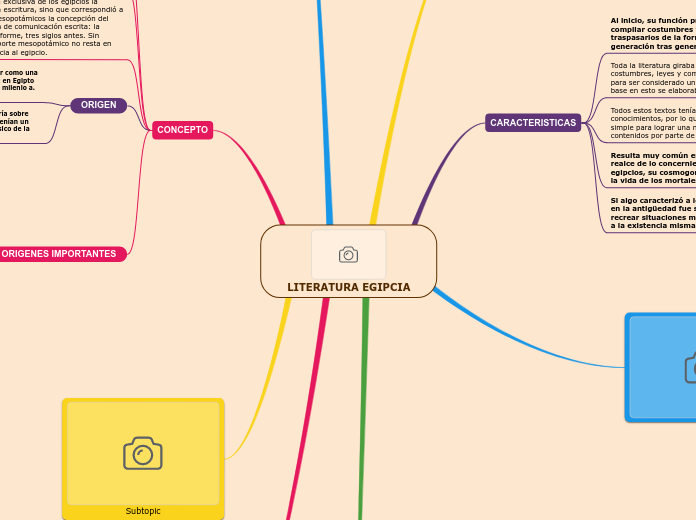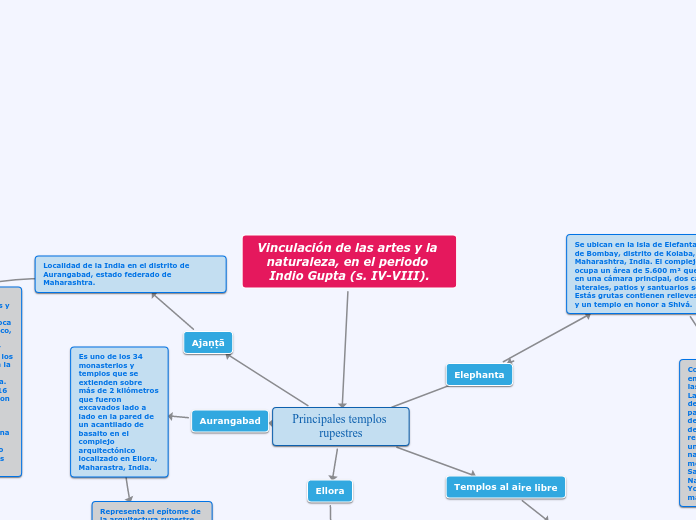PALESTINA EN LOS TIEMPOS DE JESUS
To name your story, you have to think about the overall message and what you want your audience to understand from the story. Also, make it relevant and easy to remember.
Estructura Religiosa
The middle of the story is where you add layers of complications that will lead to the end. Reveal more about the character's journey. Did their personality go through changes? How did they overcome the challenges? And as you build up the story’s central conflict, make it more personal to that character. Also, from the middle act, you have to lead into the final act.
El Pueblo
A este grupo pertenecían los Jornaleros curtidores, carniceros , pastores y todos a aquellos que cuyos oficios eran considerados impuros.
Esenios
Eran una especie de monjes, que esperaban la venida de dos mesías,uno politico y otro religiosos
Zelotes
Eran un movimiento extremista y armado su nombre significaba celosos de Dios.
Fariceos
Eran Hombres piadosos que conocían bien la ley y lo cumplían con Ayunos, penitencias y oración.
Escribas
Eran la aristocracia intelectual judía, Podían imponer castigos de azotes y llegar al destierro. Conocían a detalle el A.T.
Sacerdotes
El sacerdocio en Israel era hereditario y se adquiría por nacer en la tribu de Levi, se veían obligados a ejercer un oficio.
Saduceos
There wouldn't be any tension and excitement in your story if there weren't any obstacles in your character's way.
Eran Los mas odiados del pueblo debido a su alianza con los invasores. Sostenía que Dios premiaba a los hombres buenos en vida, por lo que ellos, al ser ricos, eran el pueblo bueno.
A story is nothing more than a character overcoming a series of difficulties to reach the desired goal. Obstacles usually create suspense and conflict. In overcoming obstacles, there is growth: weak becomes strong; hatred turns into love; sadness into happiness; wrong into right; lies into truth; or evil becomes good.
See a few examples below:
- stopping a meteor
- finding a killer
- finding love
Sumo sacerdote
Your character(s) need(s) motivation in order to solve the challenge(s).
Era el máximo responsable de templo y presidente del sanedrín, gozaba de buena economía pertenecía al partido Saduceo
Secondary characters might also have motives that lead them to cross paths with the main character or which might trigger them to help the main character.
Organizacion Politica
In the beginning of the story (or the exposition), you will need to introduce the setting and characters. You might also want to introduce the main conflict. This part of the story is important because it gives the reader necessary background information and maybe even a first insight into a character’s personality.
Dominación de Romana
The setting (time & place) of a story can change throughout the plot.
Clases sociales
Clase Baja: pueblo, esclavos enfermos pobres.
Clase Media: los artesanos maestros de la ley, sacerdotes.
Clase alta: Sumo sacerdotes jefes romanos terrateniente, recaudadores de impuestos
La ley
Sensory details include sight, sound, touch, smell, and taste. These details are important because they create depth in your setting.
See a few examples below:
- the smell of fresh bread
- the scent of freshly cut grass
- rain falling onto the windshield etc.
La sinagoga
El sabado y
Instituciones Religiosas
The weather is an important element in your story because it can highly influence the ambiance and the mood of the characters.
Fiestas del pentecostés
The most affected character is the main character. Write down here if he/she is affected by these weather conditions in any way. For example, if they lost a family member or their home during a hurricane, etc.
Fiestas de Pentecostés
Decide if you want to include an element of nature in your story. For example, a rainbow can be a very nice choice for a happy ending. The mist in a story can represent mystery and secrets. A thunder can appear in the background at the moment when the 'bad guy' of the story makes its appearance, etc.
La fiesta de Pascua
Does your story include catastrophic weather? See a few suggestions below or add your own:
- hurricane, earthquake, storm, etc
El Templo
The time of the story can also change. It can describe the event of a single day or can include an entire year's plot. Anyway, don't forget to mention it.
significaba la presencia permanente del señor en medio de su pueblo
Sanedrin
Your story can take place wherever your imagination will take you to.
For example: in an elevator, in an enchanted forest, etc. Don't forget to give details of the environment each time the setting changes, otherwise, the story can be confusing. Also, mention the seasons as each of them has unique weather and events.
En el tiempo de Jesús los sumos sacerdotes fueron Anás y Caifás
Estaba compuesto por los ancianos los sumos sacerdotes retirado y lo escribas










